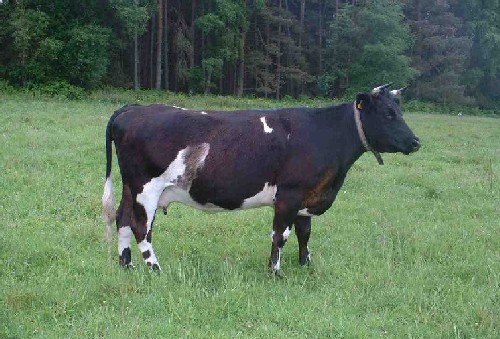Type the name of the breed you're looking for below
[wpdreams_ajaxsearchlite] Don't see the breed your're looking for? Click here and let us know!
Shetland cattle
| Place of Origin | Scotland |
| Origin | The history of the Shetland Isles is peppered with instances of famine when only the most robust of inhabitants, both human and animal, survived. Historical documents tell of weak cows needed to be held up in slings in the byres through the winter. The crofters “kye” was a lifeline for these subsistence farmers. The evolution of the Shetland cow over the last few centuries has created an economical and productive house cow, providing milk and meat for the isolated crofting families, and used as a draught animal for ploughing. With the trend away from the concept of maximum production, the year 2005 marked the first time that farmers in Scotland were subsidized, not to produce quantity, but to manage the countryside with greater attention to environmental benefits. An extra payment is available for conservation grazing by native breeds. The dominance of large supra-national supermarket chains and the international nature of the livestock marketplace to meet the demand for beef which has emerged since the 1940s in the UK has forced farmers to diversify and look at alternative ways to make money. It is here that the potential for the Shetland in modern farming practice lies - as a boutique breed servicing a particular niche market. |
| Purpose | Beef production and draught (work) |
| Appearance | The cattle are predominantly black and white with about 10% red and white, but some of the old colours such as dun, grey and brindled are returning in small numbers. |
| Horns | They have distinctive horns, short but curving inwards and slightly upwards, "Viking" style. |
| Cows Average Weight | 340 kg (750 lbs.) |
| Bulls Average Weight | 500 kg (1,102 lbs.) |
| Other Considerations | Shetlands are a dual-purpose breed but a more accurate description would be multi-purpose. |



